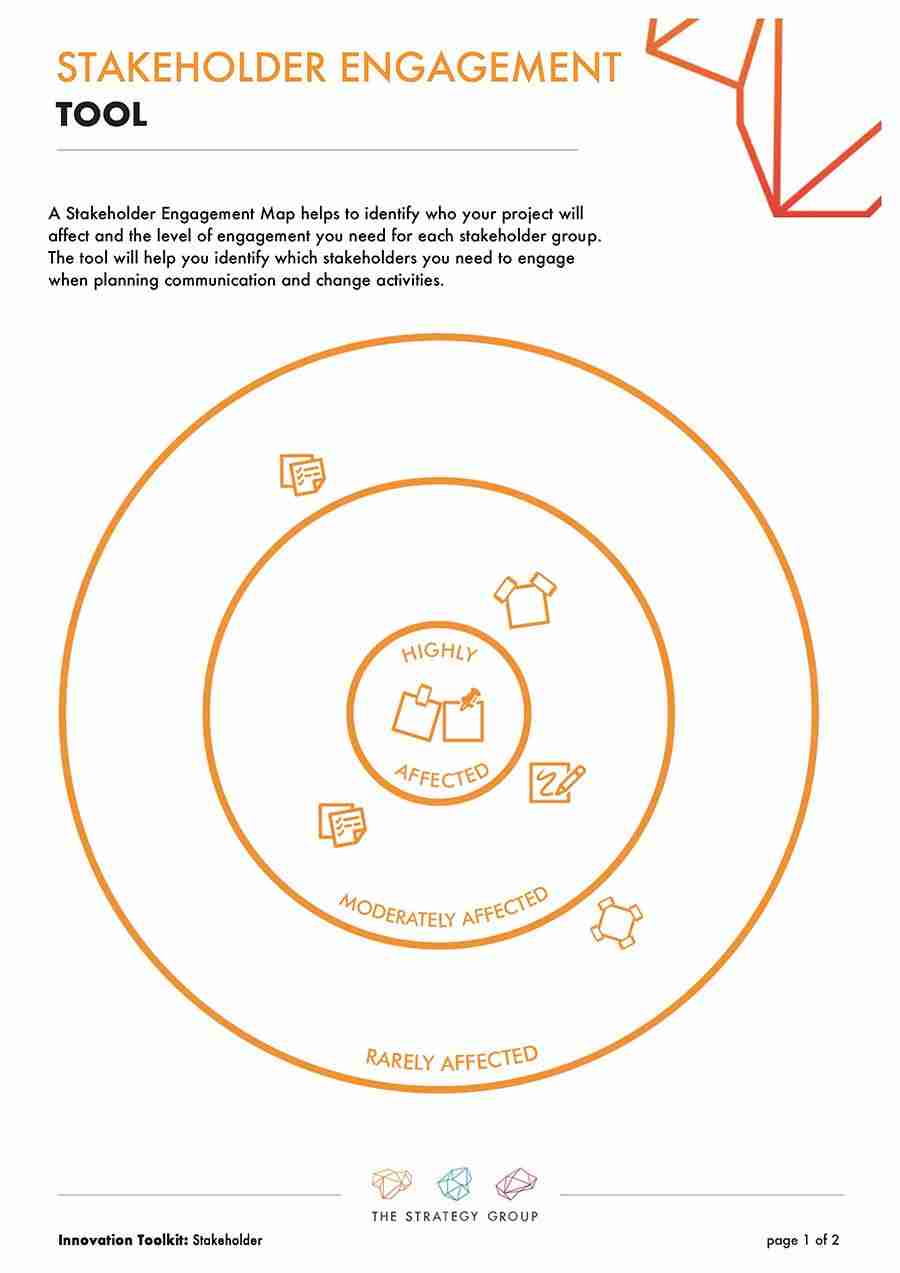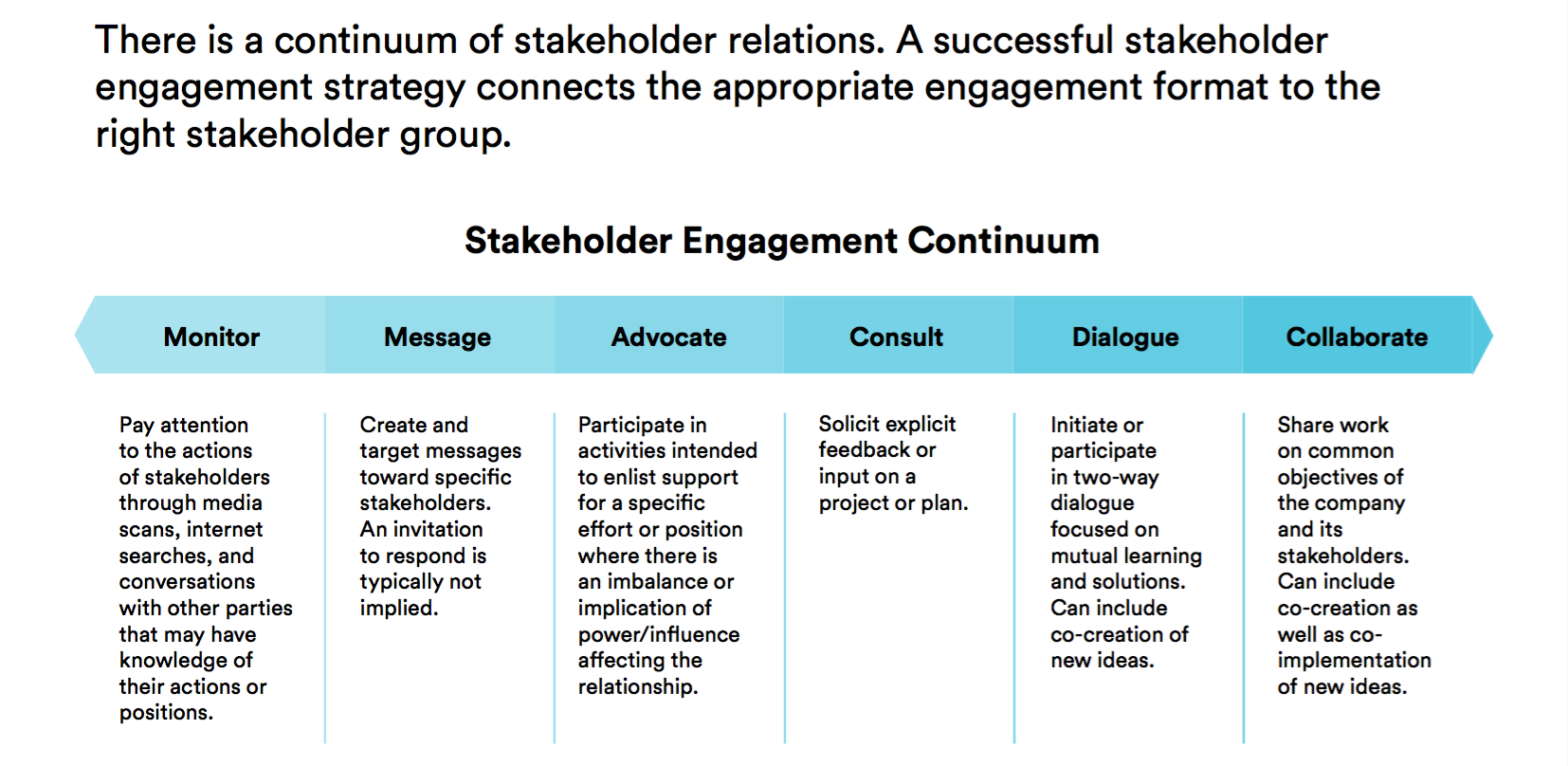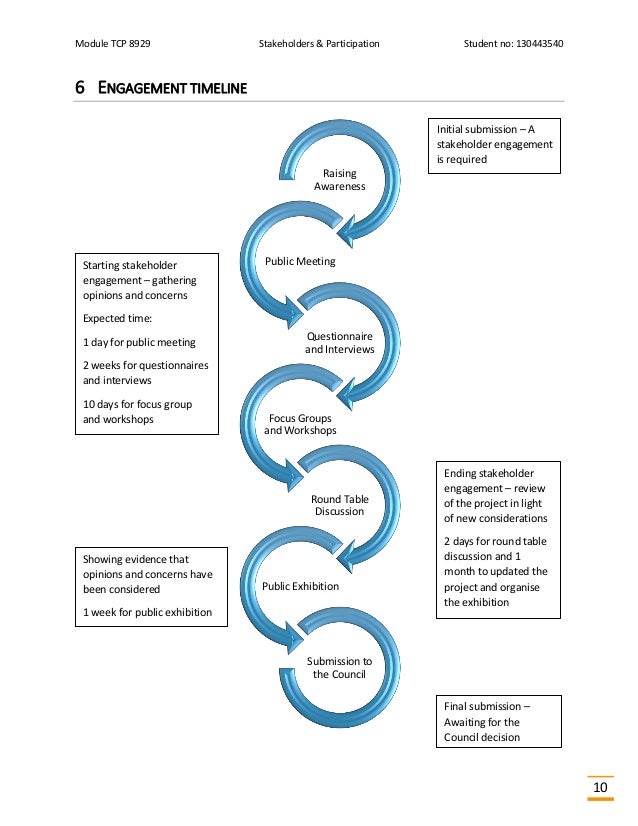Best Stakeholder Engagement Guide for Change Managers


Little Known Questions About Stakeholder Engagement Strategy - European Investment Bank.
This is Action 4 of a 4 action guide to Stakeholder Management. If you haven't read Steps 1 - 3 you can access them here. Action 1 Stakeholder Definition, Action 2 Stakeholder Analysis, Step 3 Stakeholder Planning. What is Stakeholder Engagement? Discovering a definitive meaning of the term Stakeholder Engagement isn't simple.

Some definitions see Stakeholder Engagement as a procedure, with completion objective being the success of the organization or an initiative/project. Stakeholder engagement is the process utilized by an organization to engage relevant stakeholders for a function to accomplish accepted outcomes( Account, Capability, 2008). The Office of Government Commerce( OGC) explicitly link stakeholder engagement to success, explaining that "stakeholder support for the portfolio is gotten by efficient assessment and participation in the meaning and delivery of the portfolio". Today, the term" stakeholder engagement" is
becoming a method of describing a broader, more inclusive, and continuous process in between a business and those possibly affected that encompasses a series of activities and approaches, and spans the whole life of a project( International Financing Corporation, 2007). Reference is not an end in itself, however a method to assist develop better relationships with the societies in which we run, ultimately resulting in improved business preparation and performance( Altria Corporate Solutions, Inc., 2004). For example, are suitable for low interest/low influence stakeholders.
Some Ideas on Stakeholder Engagement Strategy - European Investment Bank You Need To Know

Attempts at partnership would be a waste of resources and time. is just appropriate for essential players, stakeholders with high influence and high interest who could bring significant benefits to the company or project, but alternatively -if not well handled -might bring substantial threat. Each approach is a valid method of stakeholder engagement, but various approaches are matched to different stakeholder types.
Pull interactions are one-way and depend upon stakeholders deciding to access the details. At the top of the pyramid partnership engagement methods give shared responsibility, decision making, joint knowing and actions. The table listed below explains each method. Two-way engagement joint learning, choice making and actions Participation Part of the group, engaged in providing tasks or with responsibility for a specific area/activity. Two-way engagement within limits of responsibility. Consultation Involved, but not responsible and not necessarily having influence beyond consultation borders. Limited two-way engagement: organization asks concerns, stakeholders response.
UNDER MAINTENANCE